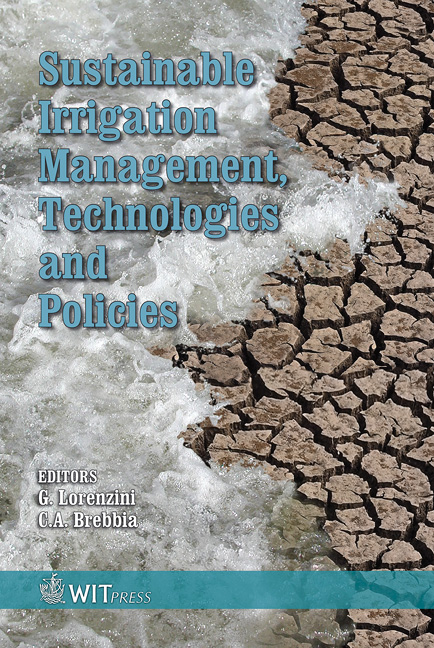Hydraulic Modelling Of Drip Irrigation Systems Used For Grass Establishment On Steep Slopes
Price
Free (open access)
Transaction
Volume
96
Pages
11
Published
2006
Size
463 kb
Paper DOI
10.2495/SI060161
Copyright
WIT Press
Author(s)
Y. Gyasi-Agyei
Abstract
Erosion damage to railway embankment and cutting steep slopes (batters) causes a significant cost of remediation within the coal railway network of Central Queensland, Australia. It has been established that grass cover of 60% reduces erosion by over 90%. Given that water is a scarce commodity in the semi-arid environment, a more efficient water use cost-effective drip irrigation system is imperative. The hydraulic modelling of drip irrigation systems design is presented. It takes into account the velocity head change and a proper selection of the friction coefficient formula based on the Reynolds number. Fittings and emitter insertion head loss are incorporated into the hydraulic model. A case study of the use of the hydraulic model to analyse the drip irrigation systems is presented. Keywords: steep slopes, drip lateral, irrigation, hydraulics, embankment, grass establishment. 1 Introduction Erosion of railway embankment and cutting batters within Central Queensland, Australia, increases maintenance costs, risks of outages and derailments, interruptions of normal train operations and environmental degradation. The QR (Queensland Rail) funded HEFRAIL Research Project with Central Queensland University has demonstrated that 60% grass cover on railway embankment batters reduces erosion by over 90% compared with the bare scenario. Further increase in grass cover increases the erosion reduction up to 99% [1–3]. Drip irrigation systems, consisting of laterals with equally spaced emitters and uniform slope, have been identified as an integral part of grass establishment to
Keywords
steep slopes, drip lateral, irrigation, hydraulics, embankment, grass establishment.





